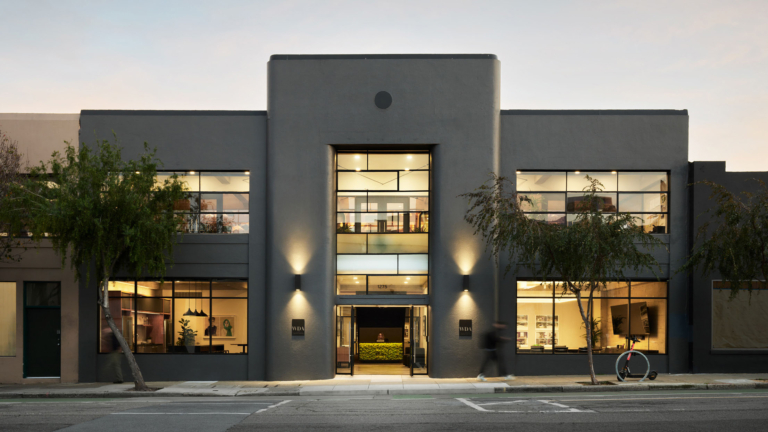Our Community Practice Leader David K. Plotkin was recently invited to speak on the panel New Again: Old Buildings Reimagined at the AIASF Center for Architecture + Design. The group discussed select adaptive reuse projects, including our office 1275 Folsom St., Saint Joseph’s Arts Society and the Center for Architecture + Design. We asked David to share his takeaways from the event.
Top Three Drivers for Success
- Do your due diligence before closing on a property. You need to know the zoning, mechanical and structural restrictions to make sure you can do what you want with the building. As architects, we can quickly assess whether there is a potential change of use or code issue. We can also help our clients see beyond the existing walls and envision whether their goals and objectives will fit the space.
- Assemble the right team early on. In addition to the architect, the general contractor (GC) and structural engineer will help you do your due diligence. The GC can provide cost estimates and the engineer can help you identify issues with existing framing or if a retrofit is required. Bringing them on in the traditional linear manner will also be challenging due to the constant need to pivot with adaptive reuse projects.
- Expect the unexpected. There are many unknowns and unforeseen conditions that come up, especially when going through demolition. We are most successful in navigating unknown obstacles when our clients remain actively engaged throughout the process. Together, we can work quickly to make timely, critical decisions regarding the impact of trade-offs on both the vision and budget.
Selecting the Right Building
It’s helpful to have a list of criteria when looking for a building. We wanted to be close to public transportation and support The City by investing in San Francisco. We were attracted to our adaptive reuse building at 1275 Folsom St. for its strong bones and historic character. As architects we can immediately see an older building’s potential.
Advocate for Adaptive Reuse
Adaptive reuse is sustainable, and it allows you to celebrate and honor a city’s architecture by continuing its character and fabric. Historic buildings are often built well with high-quality materials. Adaptive reuse can also save time and money compared to the cost of constructing a similar building from scratch today.
Contributors: Wendy Osaki, Sarah Mergy
